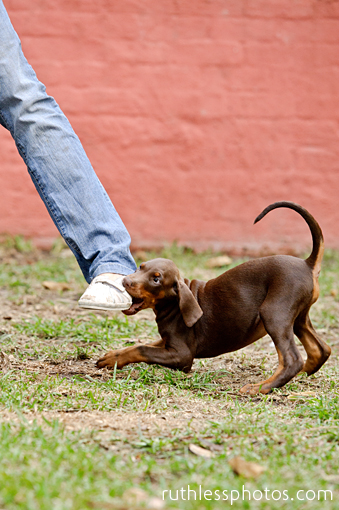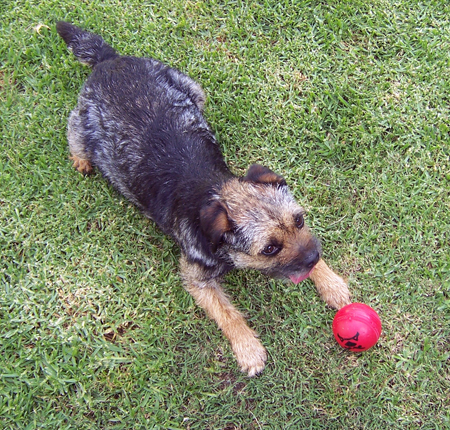Dog-Dog Aggression (Dunbar)
This post is part of the series in response to Dunbar’s 2012 Australian seminars. See index.
Dog-dog aggression is harder to prevent that dog-human aggression, but luckily it’s more ‘livable’. That is, a dog that hates people is hard to live with. A dog that hates other dogs will probably be perfectly fine and happy living at home with minimal or no walks (and arguably, most dogs live like this anyway). For this reason, Dunbar believes that socialisation of a puppy to dogs is less important that socialisation to people. In the period from 9-12 weeks, dog-dog socialisation is not a priority.
In an off-leash puppy class at 3 months, most dog-dog issues are easily ‘fixed’. If dogs are struggling with dog interactions in a couple of weeks, they can go to extra classes with a younger group of puppies (i.e. a scared puppy can learn to be confident around younger, small puppies) or with older puppies (i.e. a ‘bully puppy’ will soon be put in his place by older, larger puppies). That is, a large facility running numerous puppy classes of different ages, can probably find the ‘right’ group of puppies (or young adult dogs) for a nervous or confident puppy to interact with, in order to teach that puppy appropriate interactions.




